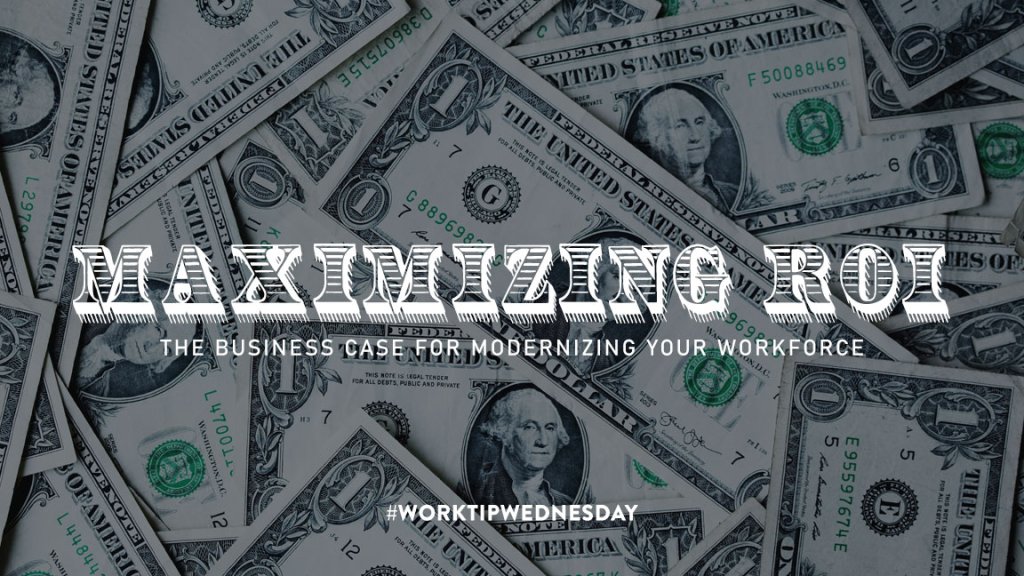
The need to modernize the workforce is paramount in an era where technological advancements and evolving business landscapes shape how organizations operate. Modernization enhances efficiency and presents an opportunity for businesses to lower their monthly spend and significantly boost Return on Investment (ROI). Here’s a comprehensive guide on how businesses can achieve this through strategic workforce modernization.
1. Workforce Assessment: Understanding the Starting Point
Before embarking on a transformation journey, businesses must conduct a thorough workforce assessment. This involves evaluating the current state of technology infrastructure, workforce capabilities, and identifying pain points. This assessment serves as the foundation for developing a targeted modernization strategy tailored to the organization’s unique needs and challenges.
2. Identifying Alignment Goals: Aligning Technology with Business Objectives
Effective workforce modernization requires aligning technology initiatives with overarching business goals. Identify key objectives such as improving productivity, enhancing customer experience, or reducing operational costs. Businesses can make informed decisions that contribute directly to the bottom line by ensuring that every modernization effort aligns with these goals.
3. Cloud Adoption and Mobile-Friendly Solutions: Enhancing Flexibility and Accessibility
Transitioning to cloud-based solutions reduces infrastructure costs and provides unparalleled flexibility and accessibility. Cloud platforms enable seamless collaboration, scalability, and access to critical data from anywhere. Additionally, embracing mobile-friendly solutions ensures that the workforce remains agile and responsive, further enhancing overall productivity.
4. Embracing Automation: Streamlining Processes for Efficiency
Automation plays a pivotal role in optimizing business processes and reducing manual intervention. Businesses can leverage automation tools for routine and repetitive tasks, freeing up valuable human resources to focus on more strategic and creative endeavors. Whether it’s automating data entry, customer interactions, or internal workflows, the result is increased efficiency and cost savings.
5. Ongoing Training: Empowering the Workforce for Continuous Improvement
A modernized workforce thrives on continuous learning and upskilling. Providing ongoing training enhances employee capabilities and ensures that the workforce remains adept at utilizing the latest technologies. This commitment to professional development results in a more versatile and innovative workforce, ultimately contributing to improved business outcomes.
6. Cost-Efficient Collaboration Tools: Enhancing Communication and Connectivity
Investing in cost-efficient collaboration tools fosters seamless communication and connectivity among team members. From video conferencing platforms to project management tools, these technologies streamline collaboration, reducing the need for travel and unnecessary expenses. Implementing such tools saves costs and enhances overall efficiency and teamwork.
In conclusion, the path to lowering monthly spend and increasing ROI lies in the strategic modernization of the workforce. By conducting a comprehensive assessment, aligning goals, adopting cloud and mobile-friendly solutions, embracing automation, and providing ongoing training, businesses can succeed in an ever-evolving business landscape. A future-ready workforce maximizes efficiency and catalyzes sustained growth and innovation. As businesses evolve, workforce modernization is a critical investment in a brighter, more cost-effective future.
